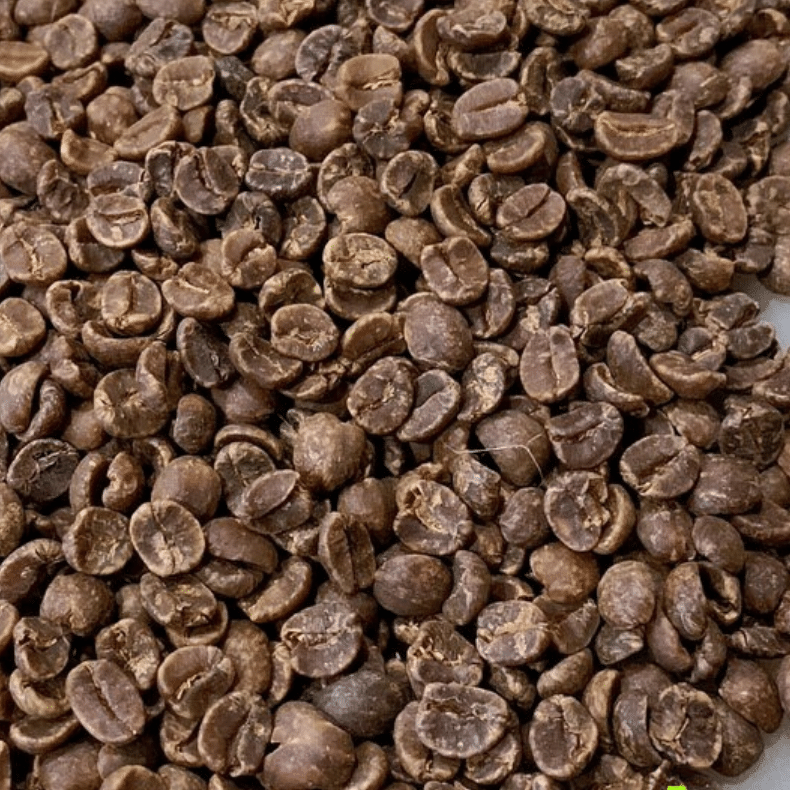97% Caffeine-Free
Decaffeinating coffee is not a perfect process. The USDA requires that coffee be 97% caffeine-free to be decaf. A typical 12-ounce drip coffee brewed by Specialty Coffee Association (SCA) guidelines contains 180-235 mg. of caffeine. This means your 12-ounce decaf may contain 5-7 mg of caffeine.
Water Process Decaf
Water Process is one of four major methods to decaffeinate coffee and the only one Sky Mountain Coffee purchases. The resulting decaf is 99.9% caffeine-free and uses water instead of chemicals to remove the caffeine. It's a much more organic process, and that's why we prefer it.
How It Works
First, producers immerse the green coffee beans in water. This causes the water-soluble compounds, which include flavor and caffeine, to leech out of the beans and into the water. The coffee and caffeine-saturated water then goes through a caffeine filtering process that removes the caffeine molecules. Finally, producers re-immerse the green coffee beans in the caffeine-free, but coffee flavor-saturated, water. After drying, repackaging of the decaf coffee occurs.
What Is Bruising?
If you look at the picture above, you'll notice that the unroasted raw decaf coffee beans look almost roasted. This is a side effect of the decaffeination process called "bruising." All methods of decaffeination bruise the beans, some more, some less.
Love Coffee, Just Not the Caffeine?
Check out our decaf Brazil Mogiana. It has a medium roast with a creamy mouthfeel and notes of dark chocolate. Great coffee without the caffeine!

